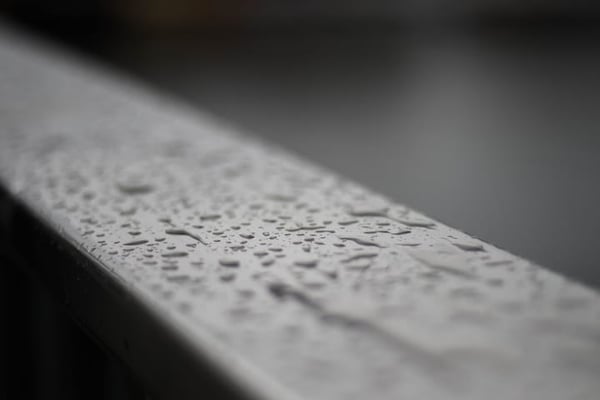
Metal roofs present challenges for owners of expensive equipment and livestock when condensation occurs. There are simple reasons your metal roof may experience excess moisture, and, more importantly, specific steps you can take to protect your investments.
Why does condensation happen?
Understanding why condensation can be a problem in buildings with metal roofs requires some basic knowledge of how warm and cool air behave. Warm air is able to hold more moisture than cool air, and it is also lighter than cold air, causing it to rise toward the ceiling inside a building.
When warm air inside a building rises and meets the cool surface of a metal roof, it loses some of its capacity to hold moisture. As a result, droplets of water form.
What are the risks of condensation?
When considering how best to protect your investments, it’s important to understand the difference between the effects of heat and humidity. If you keep livestock or pricey equipment, keeping both protected may depend less on controlling heat than humidity.
Galvanized steel cannot withstand the stresses of high humidity as well as other materials, and livestock will feel the effects of high heat more acutely in humid conditions. For example, an 85°day can be either comfortable or dangerous for humans and livestock alike, depending on the level of humidity in the air.
How can I stop condensation?
Once you understand the condensation process and the risks it poses, you are ready to consider some strategic interventions that will help you protect your investments. We offer three of the most common solutions to condensation on a metal roof.
Limit moisture through smart construction.
Build your structure in an elevated position with good natural drainage. Design your building to use local wind conditions to ventilate naturally. In heated buildings, install vent heaters to the outside.
Insulate.
Install insulation to prevent the air inside from reaching the dew point when it rises toward your metal roof. Select an architect who fits well with your team as design and construction require close collaboration over extended sessions.
Use DripStop.
DripStop is a preinstalled membrane that catches condensation droplets as they form and holds them until conditions change. As ambient air temperature rises, the moisture can evaporate back into the air as natural humidity. As an alternative to insulation, DripStop saves time and money during construction.
Related Article: 6 Tips for Maintaining Your Metal Roof
Pro-Line can help with all of these approaches to stopping condensation on a metal roof. If you could use expert insight about design, construction, and interventions for protecting a metal building, contact Pro-Line.
We offer assistance with big and small metal buildings that keep livestock and equipment for a variety of purposes. Use our services to stop condensation and risk to your property today.
.svg)